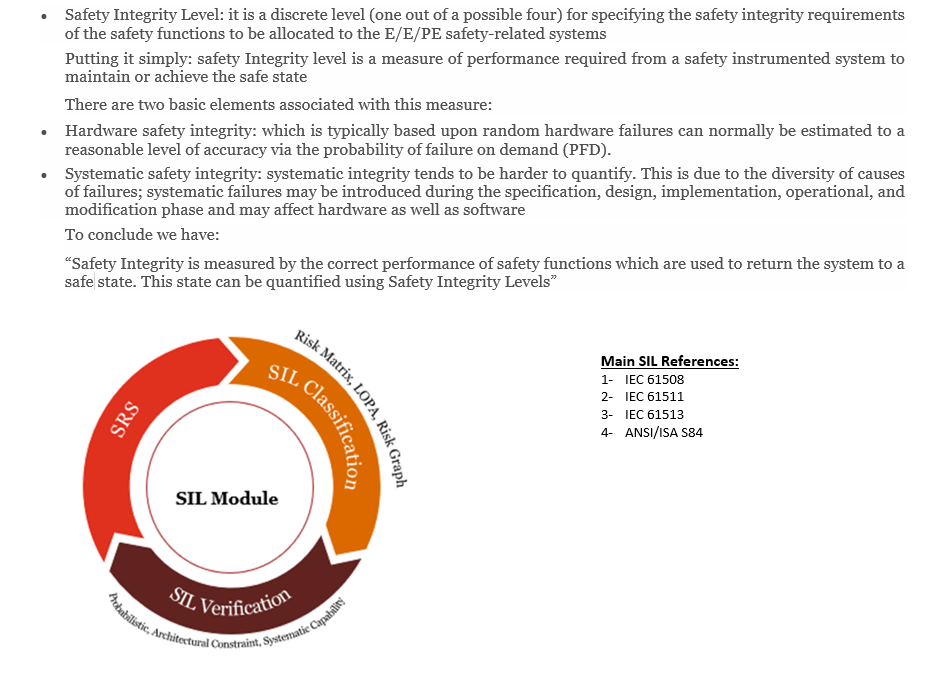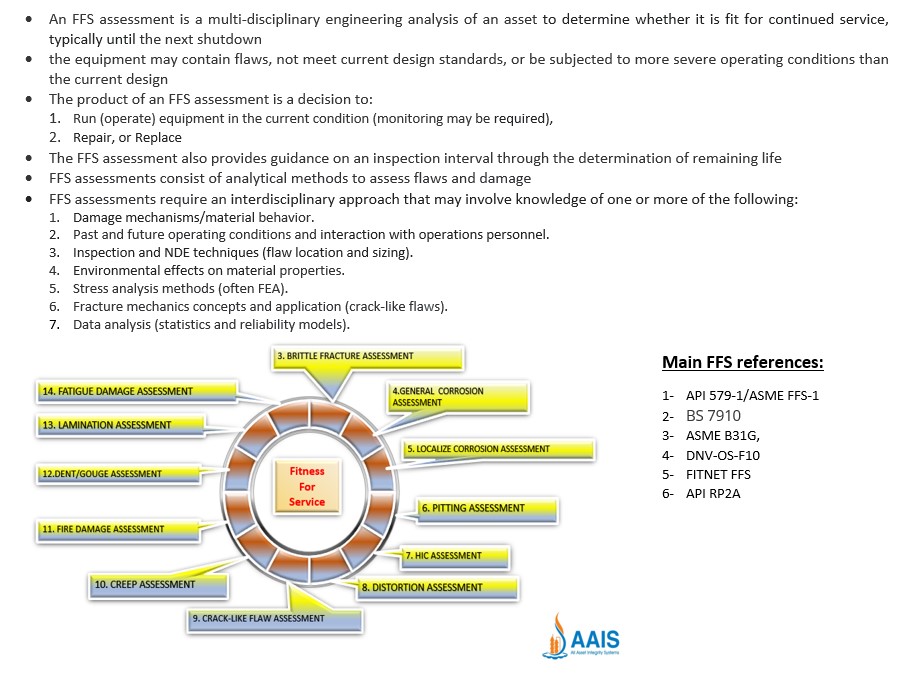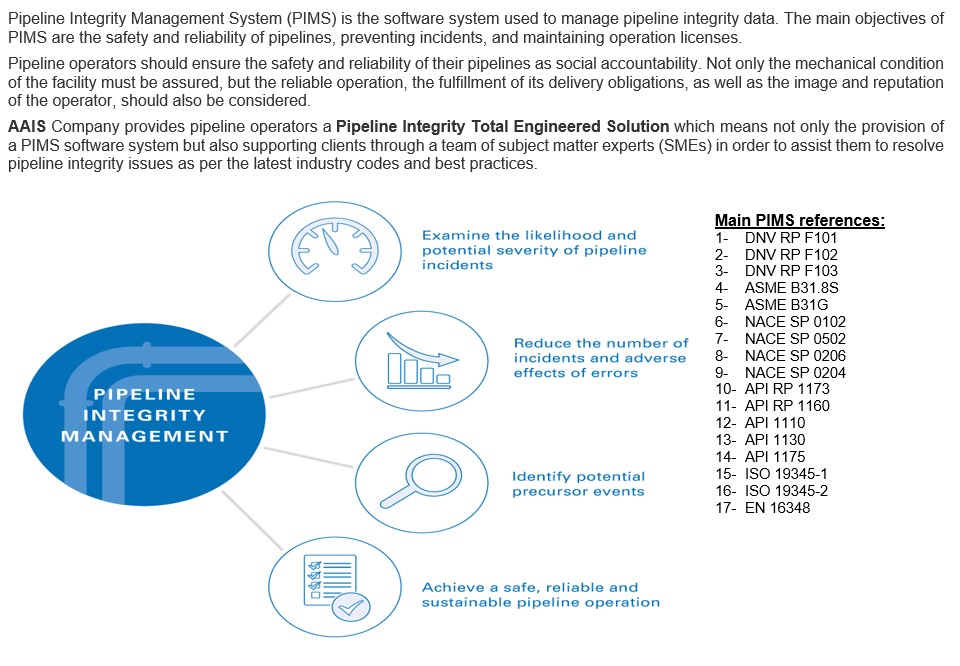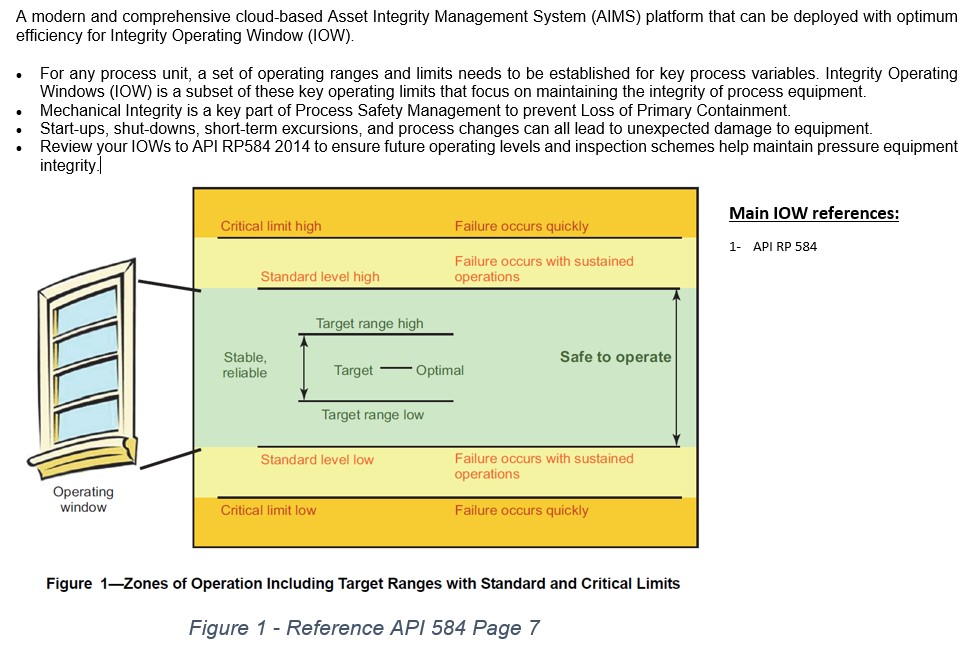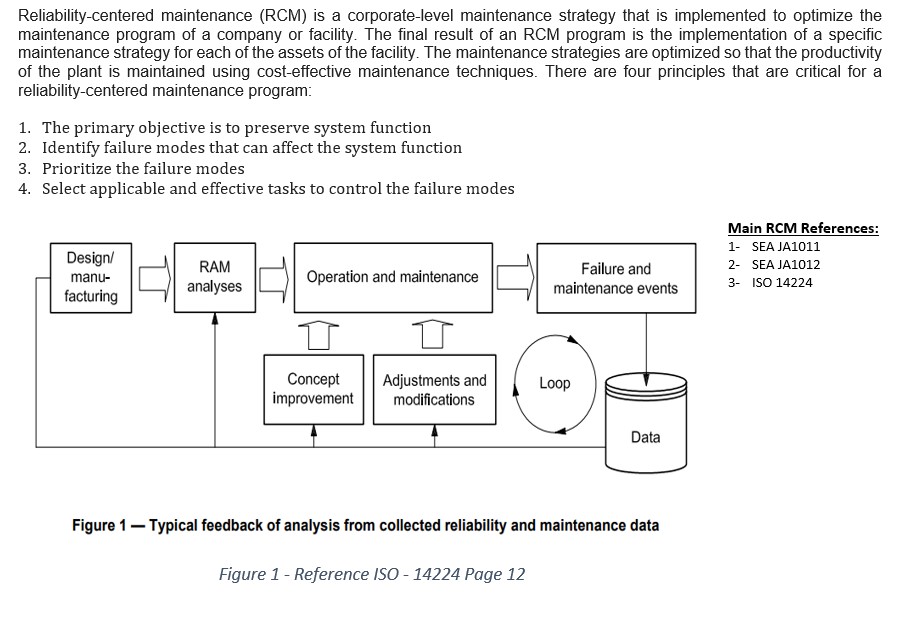Alternative Field Current Measurement
|
Alternating current field measurement (ACFM) is an electromagnetic technique used for the detection and sizing of surface breaking cracks in metallic components and welds. It combines the advantages of the alternating current potential drop (ACPD) technique and Eddy Current Testing (ECT) in terms of defect sizing without calibration and ability to work without electrical contact respectively. The ACFM probe introduces an electric current locally into the part and measures the associated electromagnetic fields close to the surface. The presence of a defect disturbs the associated fields and the information is graphically presented to the system operator. The ends of a defect are easily identified to provide information on defect location and length. Through wall extent of the flaw plays an important role in determining structural integrity and the same is calculated using mathematical computation thus allowing an immediate evaluation of the implication of the indication. ACFM inspection can be performed through paint and coatings, hence it is considered to be a faster and economic technique than others (E.g. magnetic particle inspection (MPI). |
|
Type |
Format |
Title |
Edition |
Description |
Author |
Priority |
Availability |
|
HB |
|
2004 |
This edition of the NDT Handbook on ET covers the latest developments in electromagnetic testing, with emphasis on digital technologies. Principles of theory, application and instrumentation are presented. Applications chapters for industrial sectors (primary metals, chemical/petroleum, electric power, infrastructure and aerospace) are included. Theoretical chapters explain that all electromagnetic techniques share the same physical principles. This volume is a must-have for Level II and III ET inspectors, inspection and quality personnel, those who evaluate or specify electromagnetic tests, researchers, students, trainers and teachers. |
ASNT |
|
Upon Request |
|
|
HB |
|
1996 |
This volume is a must have for anyone studying for the general qualification exam and gives Level IIIs a convenient single volume reference on the principles and applications of the major NDT methods (VT, PT, MP, RT, AE, ET, LT, IR & UT). This volume also includes: an introduction on NDT, measurement units, history, and special methods which include alloy identification, strain measurement, shearography and holography. The 604 page volume features 720 illustrations, 69 tables, 87 equations, and a 60 page glossary. |
ASNT |
|
Upon Request |
|
|
S |
|
2015 |
These test methods cover the determination of specific core loss and peak permeability of single layers of sheet-type specimens tested with normal excitation at a frequency of 50 or 60 Hz. These test methods use calibration procedures that provide correlation with the 25-cm [250-mm] Epstein test. The range of test magnetic flux densities is governed by the properties of the test specimen and by the available instruments and other equipment components. Normally, nonoriented electrical steels can be tested over a range from 8 to 16 kG [0.8 to 1.6 T] for core loss. For oriented electrical steels, the normal range extends to 18 kG [1.8 T]. Maximum magnetic flux densities in peak permeability testing are limited principally by heating of the magnetizing winding and tests are limited normally to a maximum ac magnetic field strength of about 150 Oe [12 000 A/m]. |
ASNT |
|
Upon Request |



